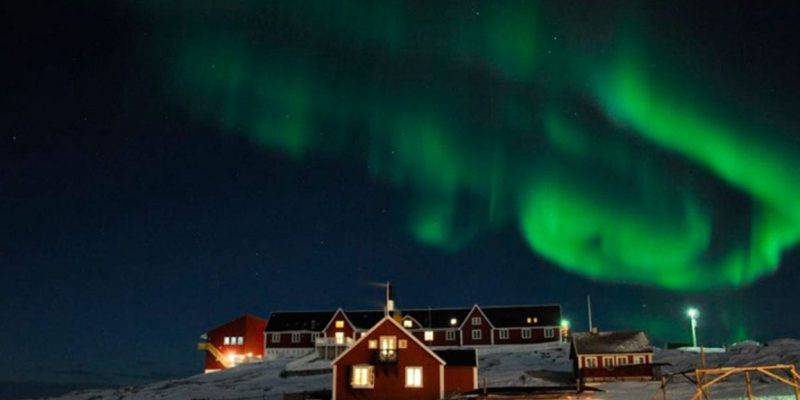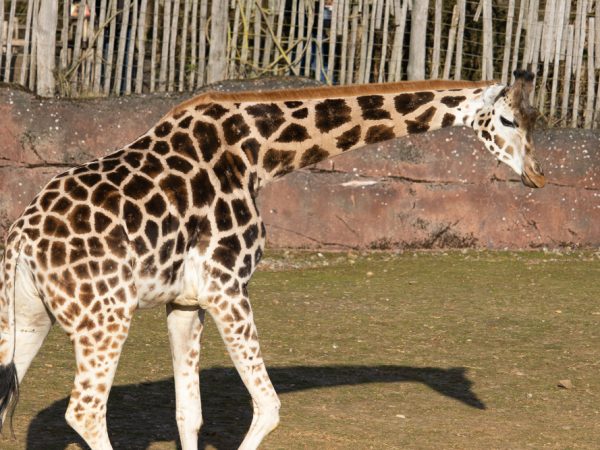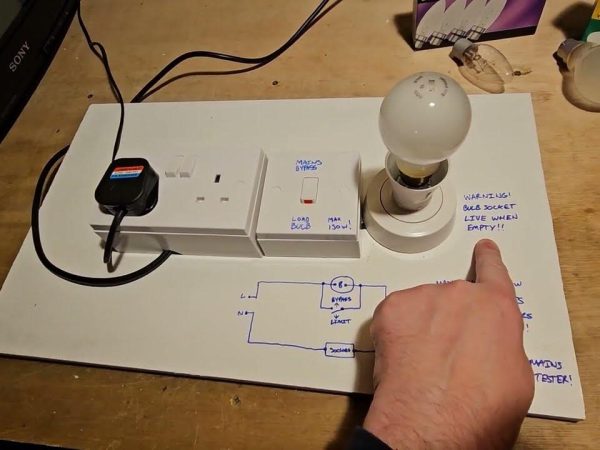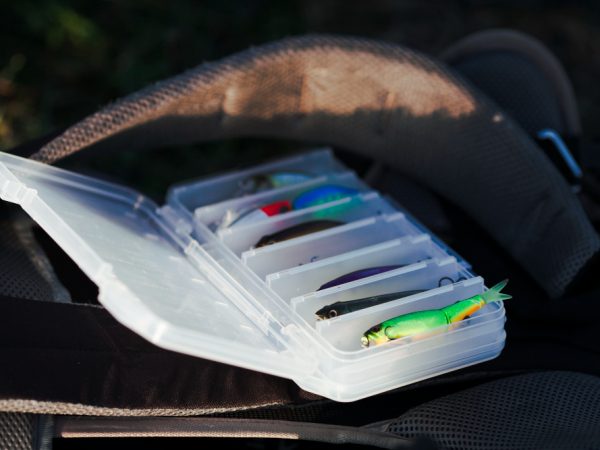Chasing the Greenland Northern Lights: 10 Tips for an Unforgettable Adventure

One of the most captivating natural wonders in the world is the Greenland Northern Lights, or aurora borealis. This stunning light display is visible in the night sky and has fascinated humans for centuries. Greenland, with its pristine environment and minimal light pollution, provides an ideal location for witnessing the aurora in all its glory. However, chasing the Greenland Northern Lights requires planning, patience, and a little bit of luck. In this guide, we’ll share 10 essential tips for making your aurora chase an unforgettable adventure.
Timing Is Everything: Best Time to Visit Greenland for the Northern Lights
The Greenland Northern Lights are best observed during the darker months, typically from late September to early April. During this period, the long winter nights offer optimal viewing conditions. The peak months for witnessing the aurora are generally from December to March, when the nights are longest and the skies are the clearest. While it’s possible to see the lights in the fall or spring, the extended darkness in winter offers the best chance for sightings.
Choose the Right Location: The Best Spots for Viewing the Greenland Northern Lights
Greenland offers many incredible locations to view the Northern Lights. Among the best places to see the Greenland Northern Lights are the capital city, Nuuk, and the town of Ilulissat, known for its breathtaking icebergs. However, the further north you go, the better your chances of seeing the aurora. Areas like Kangerlussuaq, with its stable weather and minimal light pollution, are considered some of the best spots for aurora sightings in Greenland.
Stay Away from City Lights: Escaping Light Pollution
To maximize your chances of seeing the Greenland Northern Lights, it’s crucial to escape the artificial lights of cities. While Nuuk is a wonderful city with many attractions, the light pollution can hinder your view of the aurora. For the best experience, head into the wilderness. Many remote lodges and cabins offer excellent Northern Lights viewing opportunities away from the distractions of urban environments. Opt for a location where the night sky is as dark as possible.
Dress for the Weather: Warm Clothing Is Essential
Greenland’s winter temperatures can be extremely cold, especially during aurora season. The last thing you want is to miss out on a mesmerizing Greenland Northern Lights display because you’re too cold to stay outside. Layer up with thermal clothing, including a high-quality jacket, woolen socks, gloves, and a hat. Make sure to also pack sturdy, waterproof boots for any outdoor adventures. The key to a successful aurora hunt is comfort, so make sure you’re prepared for the elements.
Keep Your Eyes on the Sky: Know What to Look For
While the Greenland Northern Lights are a magnificent sight, they can be elusive and tricky to spot. The aurora typically appears as a shifting curtain of green, purple, and occasionally red or blue lights in the sky. However, it can also appear as arcs or swirls. Knowing when and where to look can increase your chances of spotting the aurora. Keep your eyes on the northern horizon, as that’s where the lights are most likely to appear. Be patient, as the display can last for minutes or several hours.
Be Prepared for a Late Night: The Northern Lights Don’t Keep Office Hours
The Greenland Northern Lights are often most visible between 9 PM and 2 AM, so be prepared for late nights. This is the best time for aurora sightings when the sky is the darkest. Keep in mind that auroras can be unpredictable, and it might take a few tries before you get the perfect view. Consider spending several nights in your chosen location to increase your chances. Bring a thermos of hot tea or coffee and a warm blanket to make the experience more enjoyable while you wait.
Book a Guided Tour: Enhance Your Northern Lights Experience
While it’s possible to chase the Greenland Northern Lights on your own, a guided tour can enhance your experience. Local guides are familiar with the best spots and can take you to places where the aurora is most likely to appear. They can also provide insight into the science behind the lights and the history of the area. Many tour operators also offer additional activities, such as dog sledding or snowmobiling, to make your trip even more memorable.
Check the Aurora Forecast: Plan Your Nights Around the Forecast
Before heading out, check the aurora forecast to get an idea of the likelihood of seeing the Greenland Northern Lights. Websites and apps that track solar activity can provide valuable information about when the aurora is most likely to be active. These forecasts can help you plan your nights and give you a better chance of seeing the lights. Some apps even allow you to track real-time aurora activity, so you can head out as soon as conditions are favorable.
Bring a Good Camera: Capture the Magic of the Aurora
If you want to capture the beauty of the Greenland Northern Lights, it’s essential to bring a good camera with manual settings. The best way to photograph the aurora is by using a long exposure, so a DSLR or mirrorless camera is recommended. Make sure to also bring a tripod to stabilize your camera during the long exposures. If you don’t have professional equipment, modern smartphones with manual camera settings can also produce impressive photos, especially if the aurora is particularly vibrant.
Stay Safe: Aurora Chasing in Greenland Requires Caution
While chasing the Greenland Northern Lights can be an unforgettable adventure, safety should always come first. The extreme winter conditions can pose risks, so it’s important to follow safety guidelines. Always check the weather forecast and stay informed about any potential storms. If you’re venturing into remote areas, ensure you’re well-prepared with adequate supplies, including food, water, and a first-aid kit. If you’re not familiar with the terrain, consider going with a guide or tour group to ensure your safety.
Conclusion
Chasing the Greenland Northern Lights is an experience that will stay with you for a lifetime. By following these 10 tips, you can maximize your chances of witnessing this spectacular natural phenomenon in one of the most stunning locations on Earth. From timing your visit to selecting the perfect location and preparing for the cold, these tips will help you make the most of your adventure. So pack your bags, bundle up, and get ready for the magical journey of chasing the Northern Lights. It’s an adventure that promises to be as unforgettable as the aurora itself.
FAQs
Q1.When is the best time to see the aurora borealis in Greenland?
The optimal time to see the aurora is from late September to early April, with the best chances during the winter months from December to March.
Q2.What are the best locations to view the aurora in Greenland?
The most popular spots for witnessing the aurora are Nuuk, Ilulissat, and Kangerlussuaq, with Kangerlussuaq known for its clear skies and minimal light pollution.
Q3.How cold does it get when viewing the aurora in Greenland?
During the winter, temperatures can drop well below freezing, so it’s essential to wear multiple layers of warm clothing to stay comfortable while waiting outside.
Q4.Do I need a guide to see the lights in Greenland?
While it’s possible to chase the aurora on your own, a guided tour can offer a more enjoyable experience by taking you to the best viewing spots and sharing local knowledge.
Q5.What camera equipment should I bring to photograph the aurora?
A DSLR or mirrorless camera with manual settings is ideal for capturing long exposures, along with a sturdy tripod. Alternatively, some modern smartphones with manual settings can also capture stunning images.
Also read: Antarctica Polar Bears: 10 Compelling Reasons They Can’t Be Found There











